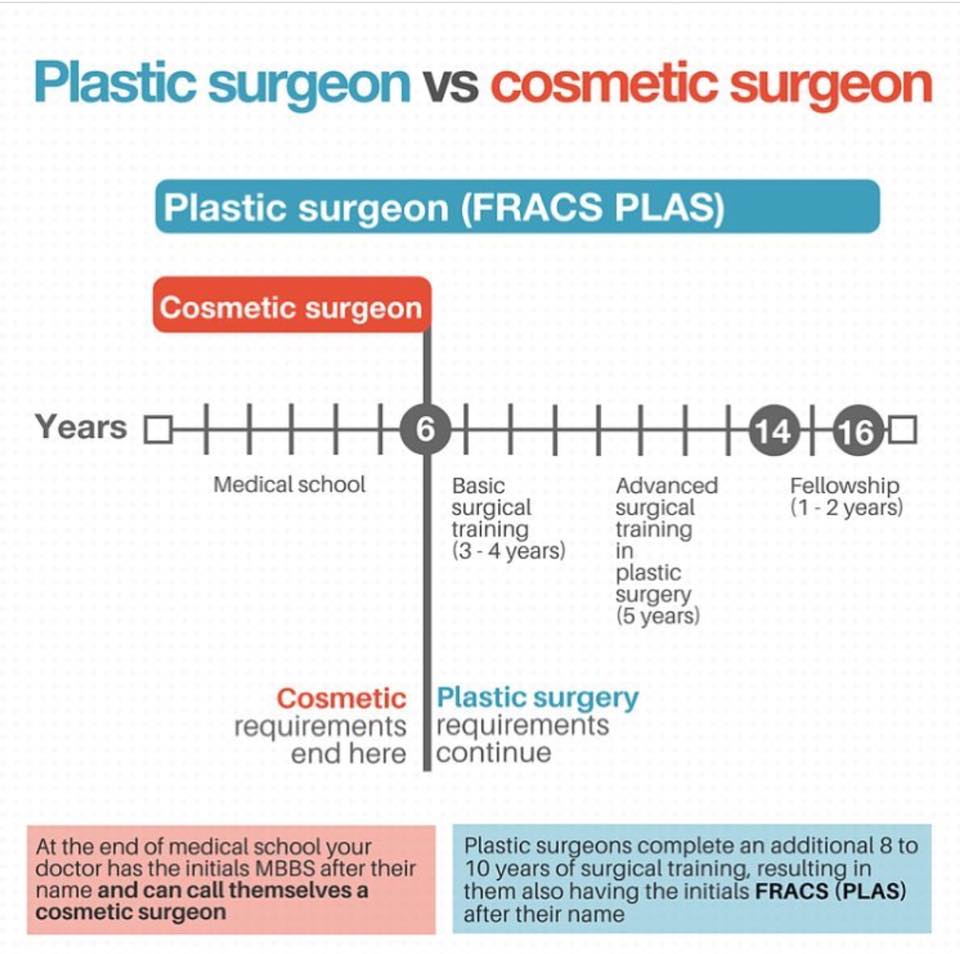How To Balance Hormones For Acne Relief
How To Balance Hormones For Acne Relief
Blog Article
Root causes of Acne on Cheeks
Acne outbreaks in the cheek area are triggered by lots of things, from touching your face frequently to not transforming your pillowcase frequently sufficient. Picking at acnes enhances your threat of infection and scarring, and specific drugs can get worse dark areas (postinflammatory hyperpigmentation).
Fortunately, there are many ways to prevent and treat cheek acne. These consist of:
1. Hormone Adjustments
Acne is greatly brought on by hormonal agents, specifically those generated throughout the age of puberty and maternity. For some, a family history of acne might likewise add to their condition. Anything that blocks pores, such as oil-based skin care products or ceraceous hair items, can cause acne. Numerous topical therapies, like benzoyl peroxide and salicylic acid, can battle germs and unblock pores. Those with severe or chronic acne should seek therapy from their medical professional.
Prevent touching or pressing your acne, as this can push some of the bacteria deeper into the skin, bring about an extra extreme outbreak. It is likewise essential to change pillowcases regularly and make use of tidy make-up brushes. You ought to also try to stay clear of toxic irritants such as rubbing from using a helmet or limited collar.
2. Diet regimen
The oily, sugary foods that many people assume trigger acne might really not do so. In fact, researches have actually shown that eating a diet regimen abundant in whole, nutrient-dense foods helps to stop outbreaks.
Foods high in the glycemic index (such as white bread, corn flakes, puffed rice and potatoes, doughnuts and other breads) increase blood sugar levels promptly, and this can boost hormones that boost oil manufacturing and cause acne.
Drinking cow's milk has additionally been linked to increased acne outbreaks. If you are a routine cow's milk drinker, you could wish to try switching to low-fat or nondairy choices that are fortified with calcium. Additionally, consuming alcohol even more water can assist to reduce acne due to the fact that it assists to keep the skin hydrated.
3. Excess Oil
While oil is crucial for healthy and balanced skin, it can become a trouble when excessive sebum mixes with dead skin cells and blocks pores. This mix can create blackheads, whiteheads and acnes. The blocked pore wall can break down and spill microorganisms, dead skin cells and sebum into bordering skin. This leads to a red bump known as an acne. In some cases these red bumps have pus in the center from a microbial infection. Larger contaminated bumps that appear like acne are called cysts.
There are many points that can trigger excess sebum and clogged pores, consisting of hormone variations, diet plan and daily behaviors. Some examples consist of touching the face often, relaxing your hand on your cheek, utilizing dirty skin verse medical spa botox beverly hills - laser hair removal medspa and injectables make-up brushes and not changing pillow cases frequently.
4. Stress
If you're taking care of throbbing acnes or a slew of blackheads and whiteheads, it might be time to speak with a skin doctor. They can suggest an effective therapy that suits your skin kind. Practicing leisure and stress-reduction techniques likewise helps.
Acne can happen in the cheeks due to rubbing and pressure, such as when an individual touches their face frequently or uses a hat or sports helmet that scrubs versus the skin. It can likewise show up where greasy cosmetics and creams rub versus the skin.
Avoid squeezing acne, as this can press infected product deeper into the skin and cause scarring. Rather, see a physician to learn more about preventative treatments like drug, skin care products and way of living changes. Consuming a healthy diet plan of entire foods, getting 7 to nine hours of sleep and making use of noncomedogenic makeup and skincare items can all help reduce acne outbreaks.
5. Hair Products
Hair items are not generally taken a cause of outbreaks, yet they can contribute to acne on the cheeks in some individuals. Pomade acne, which is identified by small shut comedones and papulopustules, is commonly triggered by making use of oily hair products that contain comedogenic active ingredients such as certain oils and acetylated lanolin.
Selecting hair items that do not include these possibly comedogenic active ingredients is an essential action towards minimizing outbreaks. Additionally, ensuring that hair items aren't can be found in contact with the skin can help avoid outbreaks. For example, using a headscarf or hood at night can limit hair-to-face call and lower the possibility that leave-in hair items will certainly rub off onto the face.
In addition to utilizing a non-comedogenic cream and cleaning with an acne face wash, other practical approaches include: